This is part of a series of posts about the Nikon D5. The series starts here.
I have not looked at fixed pattern read noise (FPRN), sometimes known as fix pattern noise (FPN), but it occured to me that I hed most of the tools to do do with my PRNU analysis program, so I added a few more methods, and I was good to go.
The basic idea is the same as for PRNU. Take 128 identical exposures, average them, and look at what results. In the case of FPRN, the exposures are all dark-field exposures. I made a set with the D5, with the shutter set to 1/8000 second. I used ISO 100 to ge an idea of what the post-amp read noise looked like, and ISO 10000 to see what the pre-amp read noise characteristics were.
Here’s the output from the ISO 100 image set.
I’ve made the vertical axis a log scale, measured in stops below full scale. The horizontal axis is, as before, the number of exposures in the average, and it, too, is a log scale. If there were no FPN at all, the curve would drop one stop for every quadrupling of the number of exposures. You can see that that’s pretty much what it does. That doesn’t mean that there is no FPN at all at ISO 100, just that it’s at least 4 stops down from the variable read noise, and that it would take a lot more than 128 exposures to find out what it is.
Here’s the graph for a set of ISO 10000 images:
Now you can see that the curves are starting to flatten, indicating that there is measurable FPN at ISO 10000. 128 exposures isn’t enough to nail it down, but it looks like it might be about three and a half stops below the variable read noise.
As with PRNU, it’s useful to see what the pattern looks like. Here’s the patter, such as it is, for the 600×600 sample of the ISO 100 image in the four raw channels.
A word about how the images above were processed. After the averaging, the black point was subtracted off, and then the images were scaled into the region [0,1]. So somewhere in each image, there’s a full scale pixel.
You can see the pattern better by performing a histogram equalization on the floating point versions of the above images.
I seem to have lost one of the raw channel images. Oh well, you get the idea. I want to emphasize that the variations that you’re looking at here are way, way, down in the mud, buried under the variable components of the read noise.
The first reason I see to look at these is to see if there’s some really ugly pattern that could come through the variable read noise. There is not. The second is to see if there’s any clue to the internal construction of the D5 that might explain why the read noise measurements vary with ISO the way they do. I don’t see it yet, but I’m keeping an open mind.
I’ll close with the equalized FPN images for ISO 10000:
What’s this all mean> At this point, I don’t know anything more than that I wouldn’t worry about FPN with the D5.


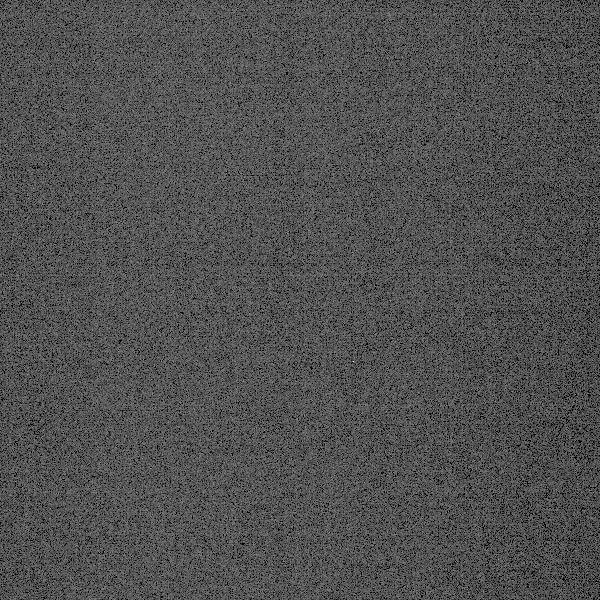
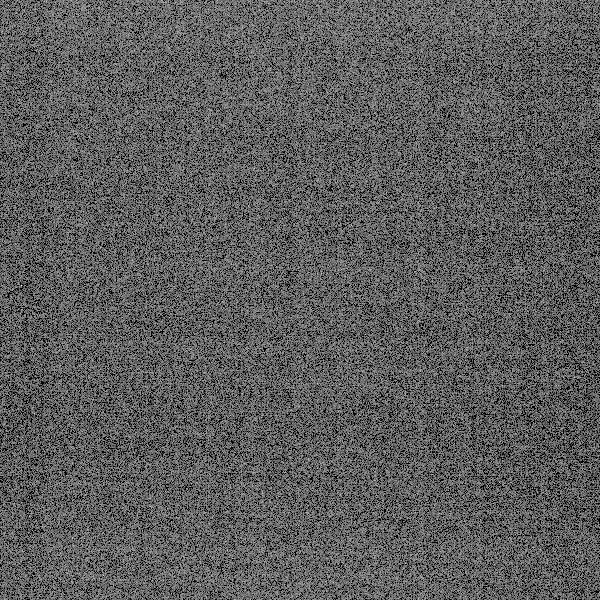
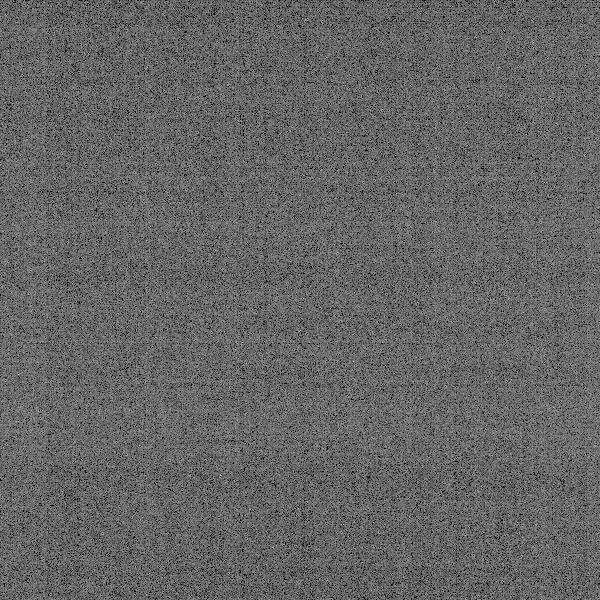
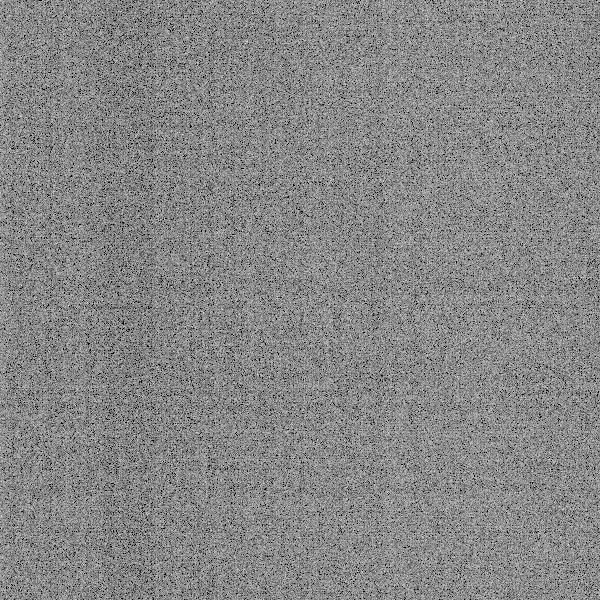
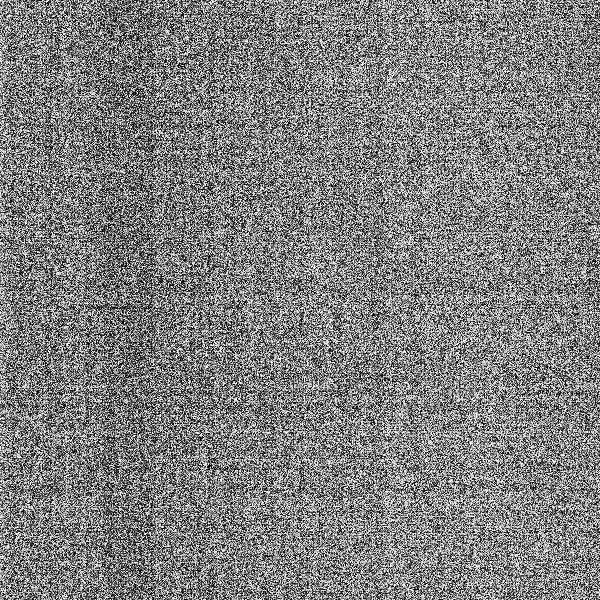

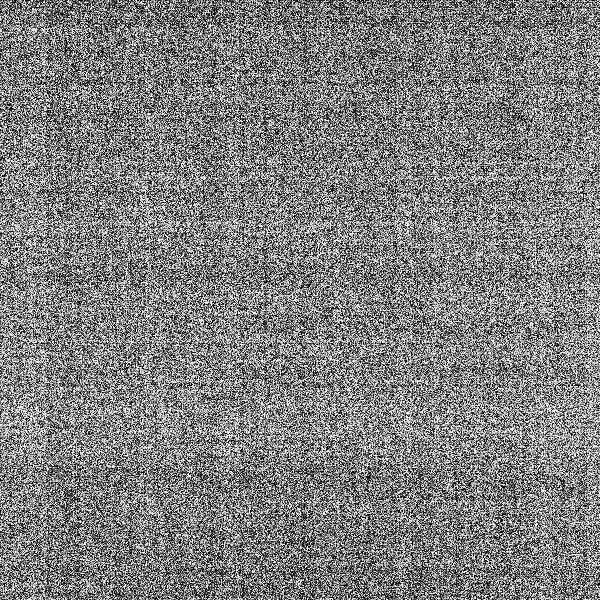

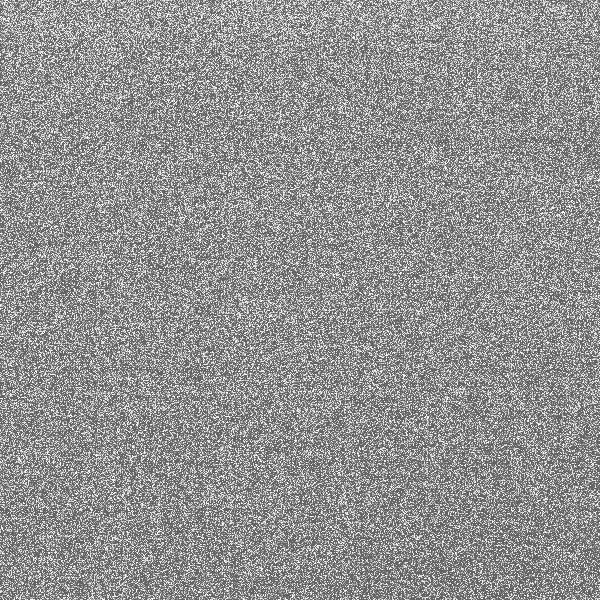
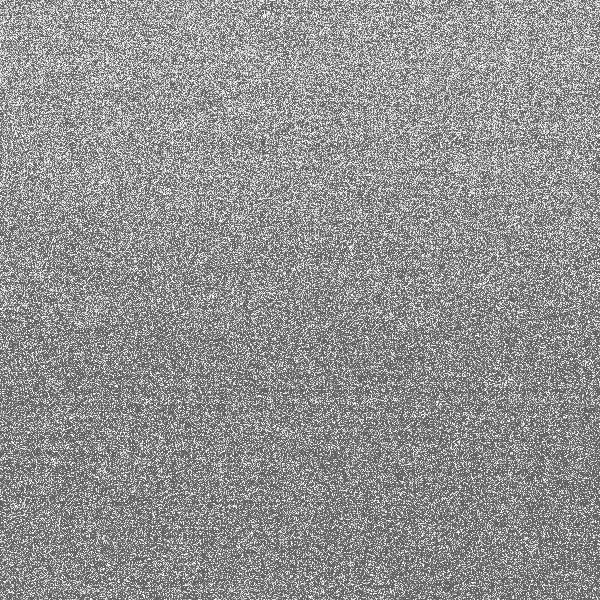

Leave a Reply